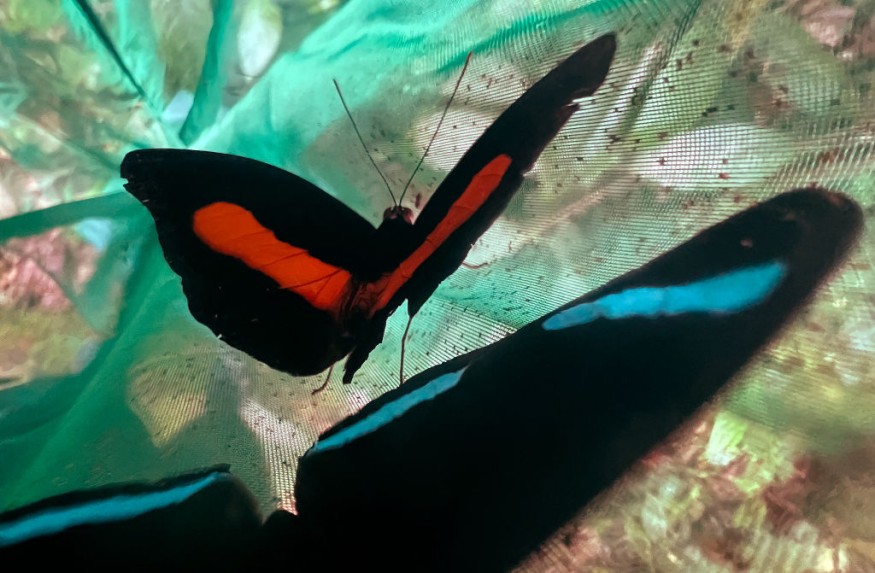Researchers have resolved an evolutionary controversy that stretches back to the time of Darwin and Wallace with a ground-breaking study that combines the grace of butterfly wings with the sophistication of artificial intelligence.
The University of Essex-led research, published in Communications Biology, offers strong proof that the evolution of butterfly species is consistent with Charles Darwin's and Alfred Russel Wallace's ideas of natural selection and sexual selection, respectively.
Darwin vs. Wallace: A Century-Old Debate Resolved

Famously, Charles Darwin and Alfred Russel Wallace, two Victorian scientists, couldn't agree on what causes evolutionary change.
According to Darwin, there was more variance in males because of sexual selection, especially when it came to female preference based on male attractiveness.
Natural selection, according to Wallace, is the main factor that equally affects men and women. Due to their striking differences, male individuals have been the focus of evolutionary studies for more than a century.
But now that more information has been gathered, the previously unknown female butterflies also display a wide range of evolutionary characteristics.
AI-Powered Insights into Butterfly Diversity
Dr. Jennifer Hoyal Cuthill and her colleagues examined more than 16,000 male and female birdwing butterflies from Southeast Asia and Australasia using cutting-edge machine-learning methods.
The AI algorithms employed in the study combed through a large amount of visual data, looking at the complex colors, forms, and patterns of wings in a variety of species.
The results were striking: although the males showed more marked differences in appearance, which would be consistent with Darwin's theory of sexual selection, the females also exhibited a great deal of diversity, which would be consistent with Wallace's theory of natural selection.
Unveiling the Subtle Shades of Female Evolution
The study emphasizes the significance of female features in biodiversity and closes the gap between two fundamental evolutionary hypotheses.
Natural selection shaped both sexes, as demonstrated by the previously overlooked but now prominently displayed minor variances in female birdwing butterflies.
A work turning to a new perspective in evolutionary biology, showing how artificial intelligence can enable new research topics, goes on and promises to decipher more of nature's riddles with the development of machine learning, providing new insights into the mechanisms underlying the diversity of life on Earth.
Application to Conservation Efforts
The insights from the recent study into butterfly evolution using artificial intelligence to analyze traits in males and females of the birdwing butterfly are useful for conservation.
With the adoption of AI-driven monitoring techniques, conservationists can air views concerning butterfly populations and hence formulate habitat protection strategies.
The research informs conservation policies by proving that both sexes are important in maintaining biodiversity. Programs for citizens' science would help increase public understanding and involvement in butterfly conservation.
Secondly, concerns for the fine sensitivity of butterflies to climate change, mainly at their larval stages, will make it very easy to lead specialized conservation under constant conditions.
Finally, the use of long-term data gives a basis for ensuring habitat connectivity that preserves migration patterns and genetic diversity in a species.
Such research can have many applications, considerably increasing existing conservation efforts, and thus ensuring that further butterfly populations are surviving and healthy well into the future.
In conclusion, cutting-edge research from the University of Essex has not only brought Darwin and Wallace's perspectives into harmony but also created new opportunities for comprehending the intricate processes underlying evolution.
The butterfly, known as the birdwing, whose wings flap in a graceful display of nature's artistic ability, has come to represent the peaceful coexistence of tradition and modernity in the pursuit of scientific understanding.
© 2025 NatureWorldNews.com All rights reserved. Do not reproduce without permission.





